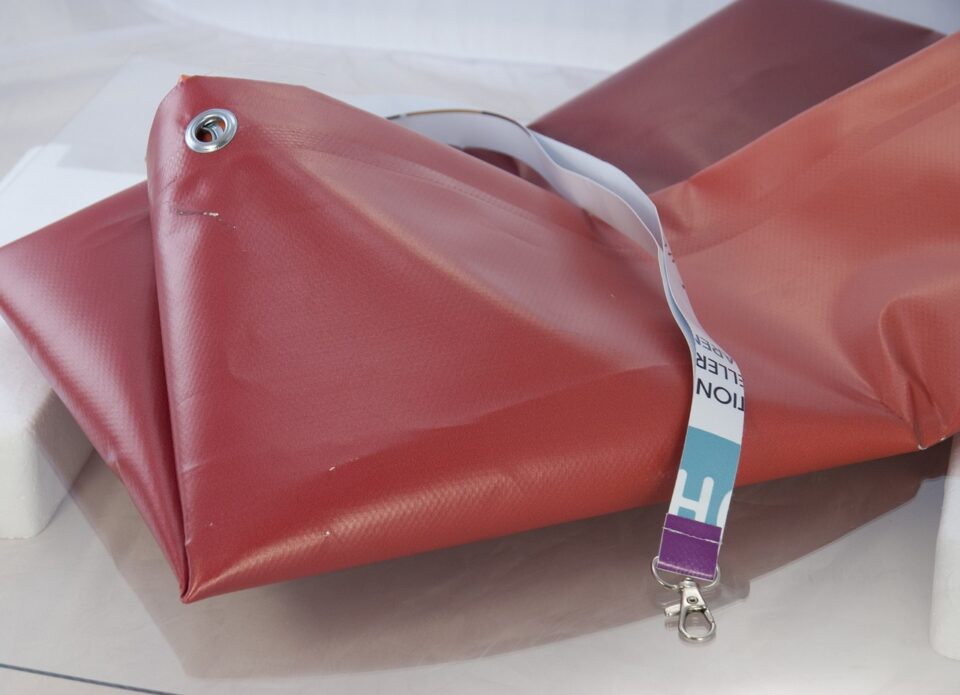Introduction
Tarpaulins, often referred to as tarps, are versatile and durable covers made from waterproof materials. They find applications in various industries, including construction, agriculture, transportation, and camping. The manufacturing process of tarpaulins involves a series of steps that ensure the production of high-quality and resilient covers. In this article, we will explore the intricate process of tarpaulin manufacturing, highlighting the materials used, the production techniques employed, and the quality control measures implemented to ensure the end product meets the stringent requirements of its diverse applications.
Material Selection and Preparation
The first crucial step in tarpaulin manufacturing is the selection of appropriate materials. Common materials used include woven polyester, polyethylene, or canvas, which offer strength, durability, and resistance to weather elements. These materials are often coated with polyvinyl chloride (PVC) or polyethylene (PE) to enhance their water resistance.
Once the materials are chosen, they undergo preparation processes. This typically involves cleaning and treating the materials to remove impurities and ensure optimal adhesion during the coating process. The materials are then cut into the desired dimensions based on the intended size and shape of the tarpaulin.
Coating Process
The coating process is a vital stage in tarpaulin manufacturing, as it provides the cover with its waterproof and weather-resistant properties. The chosen material is coated with a layer of PVC or PE using a specialized coating machine. The machine applies the coating material evenly over the surface of the fabric, ensuring uniformity and adhesion.
During the coating process, additives such as plasticizers, stabilizers, and UV inhibitors are incorporated into the coating material to enhance flexibility, durability, and resistance to degradation caused by exposure to sunlight and harsh weather conditions.
Once the coating is applied, the tarpaulin fabric passes through a series of heated rollers, which aid in the bonding and curing of the coating material. This step ensures the formation of a strong and uniform coating on the fabric.
Printing and Finishing
After the coating process, the HDPE tarpaulin fabric may undergo additional treatments and enhancements based on specific customer requirements. This may include printing logos, brand names, or other designs onto the fabric surface using screen printing or digital printing techniques.
To reinforce the edges and corners, the fabric is often folded and heat-sealed. This process involves applying heat to the folded edges, creating a strong and durable seam that prevents fraying and ensures longevity.
Quality Control
Throughout the manufacturing process, strict quality control measures are implemented to ensure that the tarpaulins meet the required standards. Random samples from each batch are tested for thickness, strength, water resistance, and UV resistance. These tests are conducted using specialized equipment and industry standards.
The tarpaulins are also visually inspected for any defects, such as pinholes or inconsistencies in the coating. Any imperfect tarps are rejected, maintaining the highest quality standards for the final product.
Conclusion
The manufacturing process of tarpaulins involves a combination of material selection, coating, printing, and finishing techniques. Each step is carefully executed to create robust and reliable covers that offer protection against the elements. By adhering to rigorous quality control measures, manufacturers ensure that tarpaulins meet the diverse requirements of their applications across various industries.

